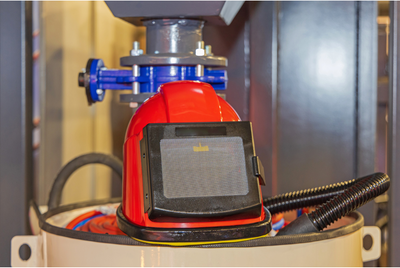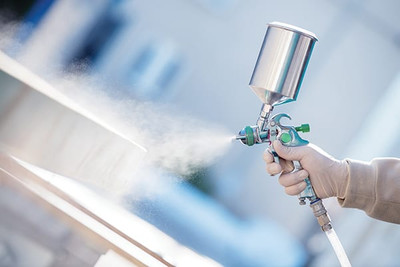15th May 2024
Sandblasting (now known as abrasive blasting) requires several essentials you need to consider to ensure safety, efficiency, and optimal results. Below identifies what you need when operating a portable blast machine or blast pot.
The basic components that anyone will need to sandblast effectively include the following:
- Blasting machine – The equipment that propels the abrasive material. A blast pot consists of a blast hose, nozzle, pressure regulators, valves, a compressor coupling, airlines, and a pressure vessel that holds abrasive to be propelled. Blast pots must be connected to an air compress to operate. Compressor size and CFM to operate a blast pot depend on blast pot size; the larger the blast pot, the higher the CFM. For more information about different blast machines, please click here.
- Air compressor – This should have the capacity to supply adequate air for the abrasive and nozzle you are using.
- Nozzle – When choosing your nozzle, consider the material, size, blast pressure, and what abrasive you will be using it on, so you can get the best results from your blasting process.
- Appropriate abrasive media - This is the substance you'll be propelling onto the surface. Common materials include glassia, silica carbide, and glass beads, each suited for different applications.
- PPE - Safety should always come first. Essential gear includes a respirator helmet connected to a breathing air filtration unit, goggles, gloves, and protective overalls to shield yourself from abrasive particles and dust, reducing serious health risks.
- Optional: Blast rooms/booths – While contractor jobs usually do not necessitate a blast room, where possible, especially for larger or industrial scale projects a blast room has many advantages. They contain the entire process, eliminating the risk to others from the escape of abrasive particulate and the dust generated by the process.
If you're new to sandblasting, you must seek proper training before starting. We provide this sort of training. Click here to contact us for more information. You should also regularly inspect and maintain your sandblasting equipment to ensure it's in good working condition, as faulty equipment can lead to accidents and injuries. Understanding how to operate the equipment safely and effectively is essential for preventing this.
Choosing the correct equipment for sandblasting is paramount for achieving optimal results and ensuring safety. The right equipment not only enhances efficiency but also plays a crucial role in controlling factors like pressure, abrasive material, and nozzle size, which directly impact the quality of the blasting process. Incorrect equipment selection can lead to inefficiencies, such as uneven surface finishes or excessive material wastage, ultimately affecting project timelines and budgets. Moreover, safety considerations cannot be overstated; using the wrong equipment may result in accidents, including equipment malfunction, posing risks to both personnel and the surrounding environment, and if a worker isn’t wearing the right PPE, or not using it properly, they could be exposed to risks to their health and safety. By understanding the basics, choosing the right abrasive material, preparing your workspace, and prioritising safety, you can ensure a successful sandblasting project. Always remember to follow safety guidelines and seek professional assistance if needed.
For blasting machines, click here.
For blast room and booths, click here
For nozzles, click here.
For compressor hoses, click here.




